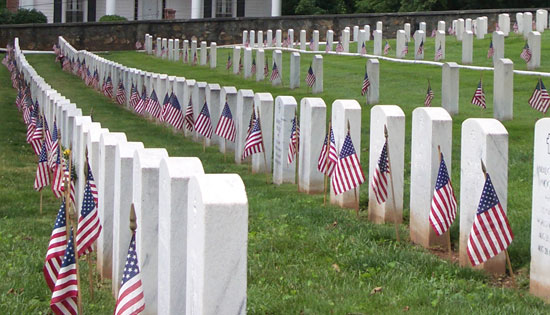By Martin Couch
The Bryant City Council voted to approve a contract at its most recent meeting with Jacobs Engineering Group to coordinate traffic lights on Reynolds Road.
The plan is to set the lights in sequence to alleviate the flow of Bryant school traffic along Highway 183 to Interstate 30 and Highway 5. The project will coordinate seven intersections throughout the city.
The intersections are:[more]
Reynolds Road at Highway 5;
Reynolds Road at Commerce Street;
Reynolds Road at the I-30 Access Road;
Reynolds Road at Roya Lane;
Reynolds Road at Prickett Road and Evans Loop;
Reynolds Road at Sullivan Drive and Rogers Drive;
and Reynolds Road at NW 4th Street and Mills Park Road.
"This is going to streamline the traffic flow in the morning and afternoons with the work traffic on Reynolds Road," Mayor Larry Mitchell said. "We're going to try to make those signals work more in sync to get traffic up and down the road easier."
The contract amount for Jacobs was $12,950, which was approved by the Finance and Personnel committee in August, however the contract was not ready for the City Council approval until its September meeting. At that meeting, the Council approved the contract to get the traffic lights synchronized by a vote of 7-0.
"I've been approached by three or four people about the traffic light at Roya Lane in conjunction with the emergency vehicles," Alderman Adrian Henley said. "The fire and police are trying to get where they are going, but the lights aren't changing to stop the traffic. Can we add that into this project?"
Richard Penn, Bryant city engineer, stated that it was possible to add in the traffic signal for emergency vehicles at Roya Lane to the synchronization project.
Jacobs Engineering Group will conduct traffic turning movement counts as assigned by the City of Bryant. Intersections will be counted during morning, noon and late afternoon peak hours for a total duration of eight hours per intersection.
Jacobs will also provide traffic signal coordination plans that will have to be approved by the City Council before being implemented and timings input into the intersections. A before and after travel time study for each peak hour will be done for the corridor to measure the effectiveness of the coordination plans.


